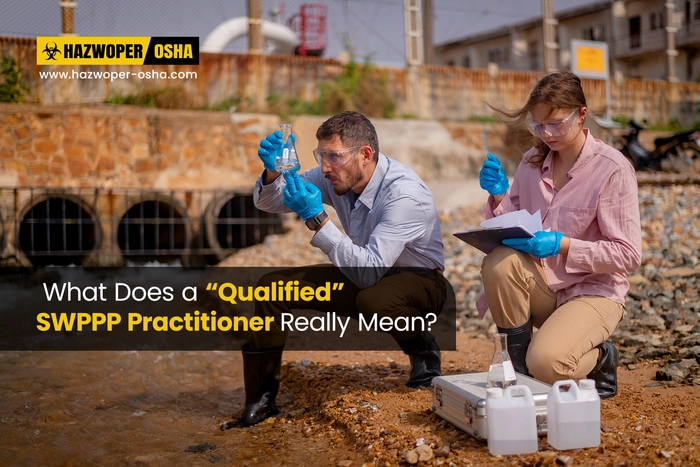Safeguarding Heights: A Comprehensive Scaffold Inspection Checklist for Workplace Safety
A scaffold inspection checklist is a crucial tool for ensuring the safety of workers using scaffolding. Regularly inspecting scaffolds helps to identify and address any potential hazards, preventing accidents and injuries.
Here is a comprehensive scaffold inspection checklist that you can use:
General Information:
- Date & time of inspection:
- Inspector's name:
- Location of scaffold:
- Type of scaffold:
- Maximum working height of scaffold:
- Name of scaffold manufacturer:
- Date of scaffold erection:
- Weather Conditions:
Safety Inspection Checklist:
1. Foundation and Base:
- Secure and level: Is the scaffold erected on a firm, level surface that can withstand the weight of the structure and workers?
- Free from obstructions: Are there any obstacles around the base that can compromise the stability of the scaffold?
- Properly anchored: Are all anchors secure and properly attached to the base?
- No missing or damaged base components: Are all base components present and in good condition?
2. Platforms:
- Secure and level: Are all platforms securely fastened and level?
- No missing or damaged planks: Are all planks free from cracks, splits, or other damage?
- Plank overhang: Does the plank overhang the supports by no more than 6 inches?
- Plank spacing: Is the spacing between planks appropriate to prevent objects from falling through?
- Toe boards: Are toe boards securely installed and of the correct height?
- Load capacity: Is the platform's load capacity clearly marked and not exceeded?
3. Bracing and Ties:
- Adequate bracing: Is the scaffold adequately braced in all directions to prevent swaying and collapse?
- Secure connections: Are all bracing connections secure and tight?
- Proper type and size of bracing: Is the bracing of the correct type and size for the specific scaffold type and load?
4. Tubes and Standards:
- Straight and free from damage: Are all tubes and standards straight, free from cracks, bends, or other damage?
- Secure connections: Are all connections between tubes and standards secure and tight?
- Properly assembled: Is the scaffold assembled according to the manufacturer's instructions and relevant safety regulations?
5. Access and Egress:
- Safe access points: Are there safe and readily accessible points to enter and exit the scaffold?
- Ladders and stairs: Are ladders and stairs in good condition, securely fastened, and have sufficient handrails?
- No obstructions: Are there any obstructions that could impede safe access or egress?
6. Fall Protection:
- Guardrails: Are guardrails installed around all exposed sides and ends of the platform?
- Midrails and top rails: Are midrails and top rails of the correct height and securely installed?
- Personal Fall Arrest Systems (PFAS): Are workers wearing appropriate PFAS and are they properly connected to secure anchor points?
7. Housekeeping:
- Free from debris: Are platforms and working surfaces free from debris, tools, and materials that could create tripping hazards?
- No spills or leaks: Are there any spills or leaks on the platform that could create slippery surfaces?
- Proper waste disposal: Are waste materials disposed of properly and not allowed to accumulate on the scaffold?
8. Additional Safety Measures:
- Electrical safety: Are electrical cables and equipment properly insulated and protected from damage?
- Weatherproofing: Is the scaffold protected from weather conditions that could affect its stability?
- Signage: Are warning signs and safety instructions clearly displayed at the base and around the scaffold?
- Competent person: Has a competent person inspected the scaffold and confirmed its safety before use?
Action Items:
- Record any identified deficiencies: Clearly document any problems identified during the inspection.
- Take corrective action: Immediately address any deficiencies that pose an immediate safety hazard.
- Tag and restrict use: Tag and restrict access to any unsafe scaffolds until repairs are made.
- Report and update: Report the results of the inspection and any corrective actions taken to the appropriate personnel.
- Schedule follow-up inspections: Schedule regular follow-up inspections based on the frequency of use and specific regulations.
Stay compliant by taking the Scaffolding Safety Training Course.
Please note: This is a general scaffold inspection checklist and may need to be modified depending on the specific type of scaffold and the work being performed. It is important to consult the manufacturer's instructions and any applicable safety regulations.

 EN |
EN |  ES
ES
































































































































